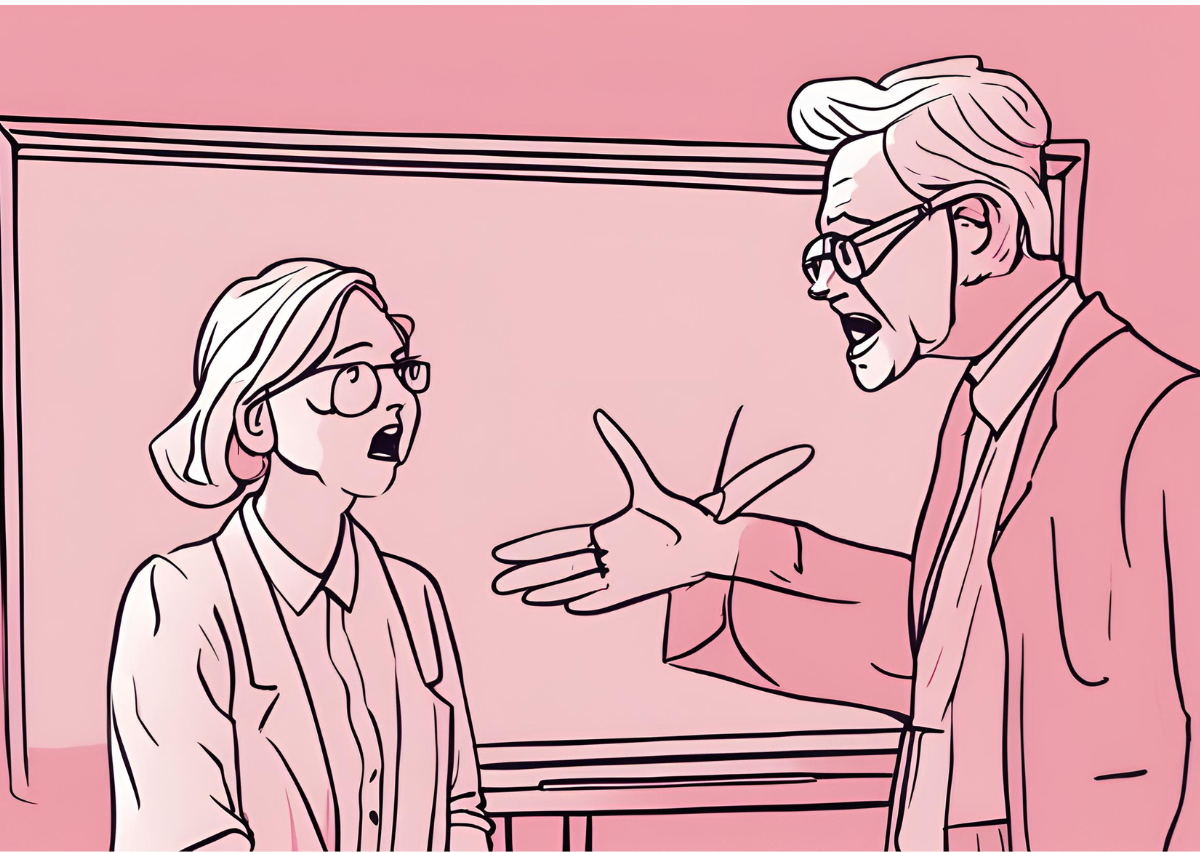The University of Auckland in New Zealand tripled the rate of spinouts it created by launching a fund to invest in its university startups and lowering its equity stake.

At the University of Auckland in New Zealand we restructured our method of spinning out companies. We found two things are central to success: the creation of a university venture fund to invest in spinouts and paring back the amount of equity we took in spinouts. If you want to be a successful at technology transfer, here’s why you should adopt these practices too.
Until 2016 we used to only share a third of startup equity that we received when a company was formed. At that time, we “invested” in IP protection and proof of concept and then stopped once the company had been formed with a third-party investor.
This meant that if we only spent say $10,000 on a project, the inventors had a terrible deal. If, however, we invested $1m before company formation (and we had done this a couple of times), it wasn’t necessarily a bad deal for the inventors.
No incentives for inventors
However, we still had five other observations. The first was that we would always have arguments as to whether staff or students were involved, and whether they had to be treated differently. The second was that as the inventors didn’t feel that they were getting the lion’s share, why should they do any extra work to advance the technology that they are almost uniquely qualified to do, at least at the beginning. We would always get asked to “buy out my teaching time”, which isn’t the best use of capital for commercial development but still left heads of department unhappy.
Thirdly, as IP was the only thing we had to sell, we probably overpriced it as it was the only time we got a chance to value anything.
Fourthly, as the technology transfer office we never had enough people to do justice to the project and got feedback that we were slow.
Finally, we had companies that couldn’t raise series B rounds because there was too much founder risk for incoming investors.
In conclusion, no one was happy and even when we had successful exits, the amounts we received were still marginal compared to the university’s annual revenues (currently $1.4bn).
So, something had to change. We had to make commercialisation scalable and attractive. We were lucky in that we have a very supportive senior management of the university, who see innovation and entrepreneurship as key requirements of delivery to stakeholders.
“Our spinout rate trebled.”
Will Charles, executive director of Auckland UniServices
We decided to do the following things.
- Stop seeking economic rents from IP alone. We needed permission to invest in startup companies and align with investors to build great companies fast. So, we got it.
- Turn the money we were spending on IP and other proof of concept gap funding (10 years of what we would have spent anyway) into a fund type structure that invested in two to three rounds before being joined by outside investors who would do two things: validate our investment and price the company in a way that capital tables were more balanced.
- Create an “easy-startup” process – if the university has an “interest” in the IP, then it’s exclusively licensed for 10% of the company. Company responsible for all development/protection etc. As get-going money we provide usually two rounds of convertible notes and then work with founders to find third-party co-investors. Our target is to have about the same shareholding we would have had after a decent series A that we would have had under the old model. It had to be financially neutral for the university, but founders had to have more.
- Incentivise inventors to really want to make the company successful. Unleash an “army” of clever people, capable of learning, connecting them on campus to the business school, which runs lots of entrepreneurial training programmes. University IP companies are so risky anyway, we were prepared to add a marginal people risk by letting these people be managers of their companies.
- Create open investment committees made up of industry experts, entrepreneurs and investors interested in this space to act as advisors to our fund but importantly also to the startups.
The result: Our spinout rate trebled. Since 2016 over 50 companies have been started, and 80% of them are still going. We have the highest number of active spinouts in Australasia.

Will Charles is executive director of Auckland UniServices, the technology transfer office of the University of Auckland, and the University of Auckland Investors Fund








